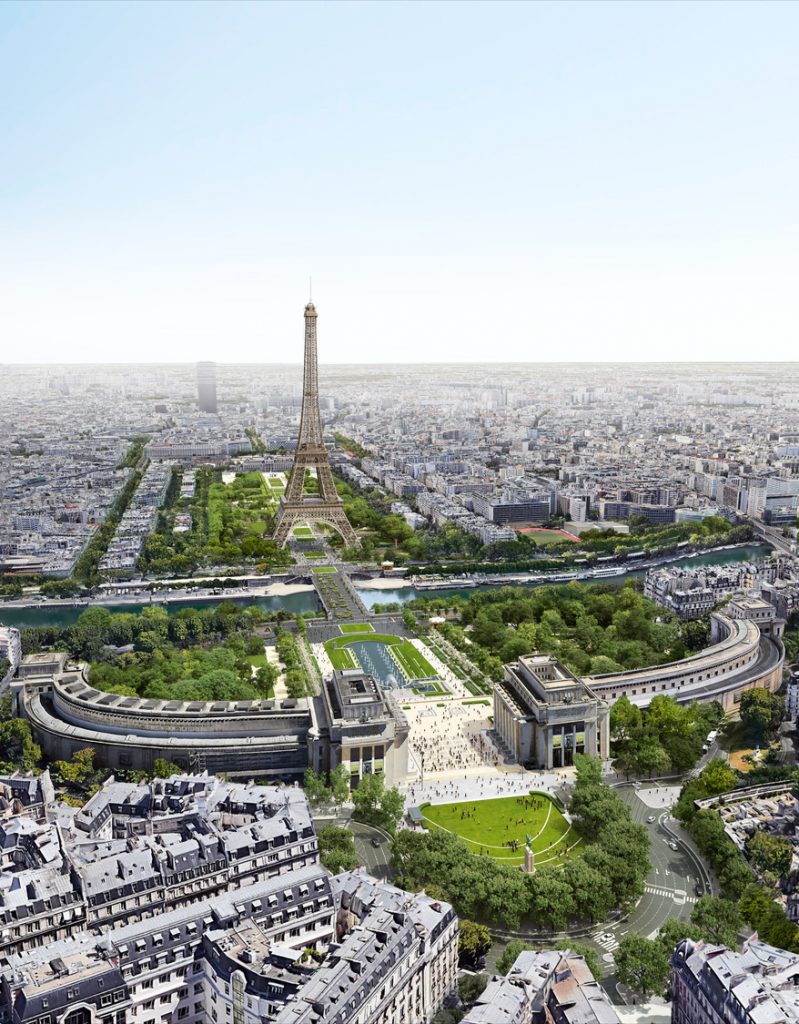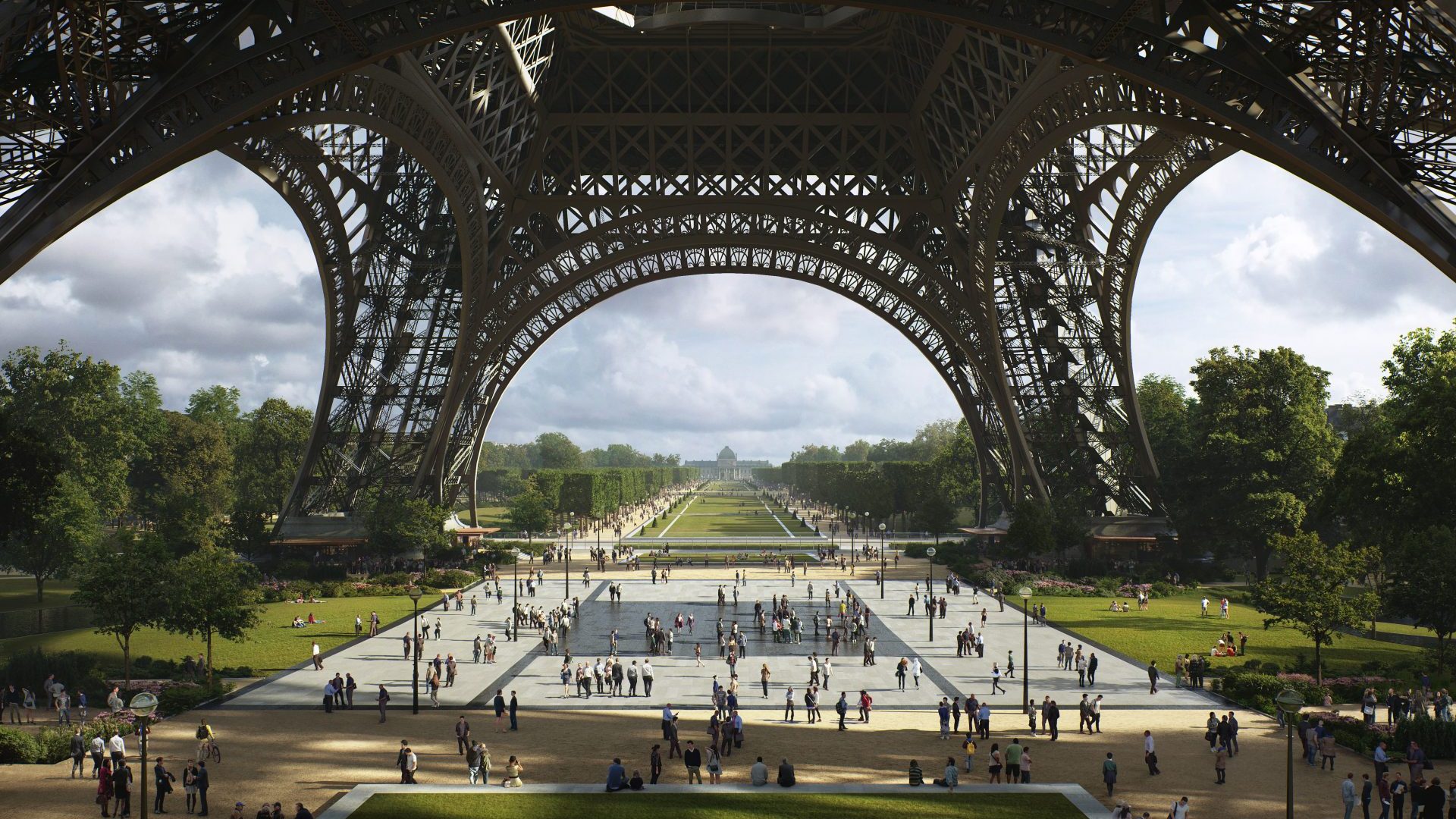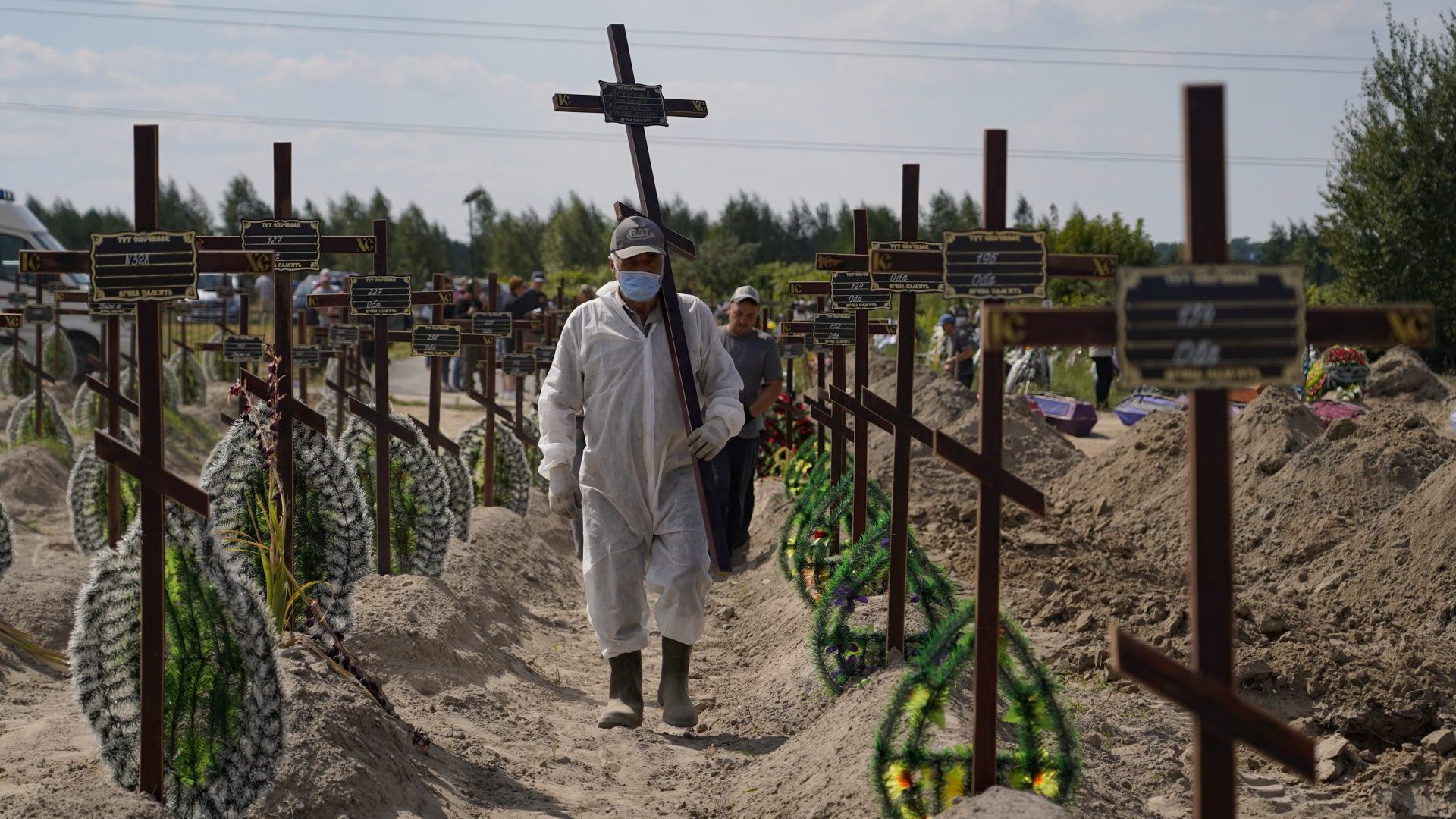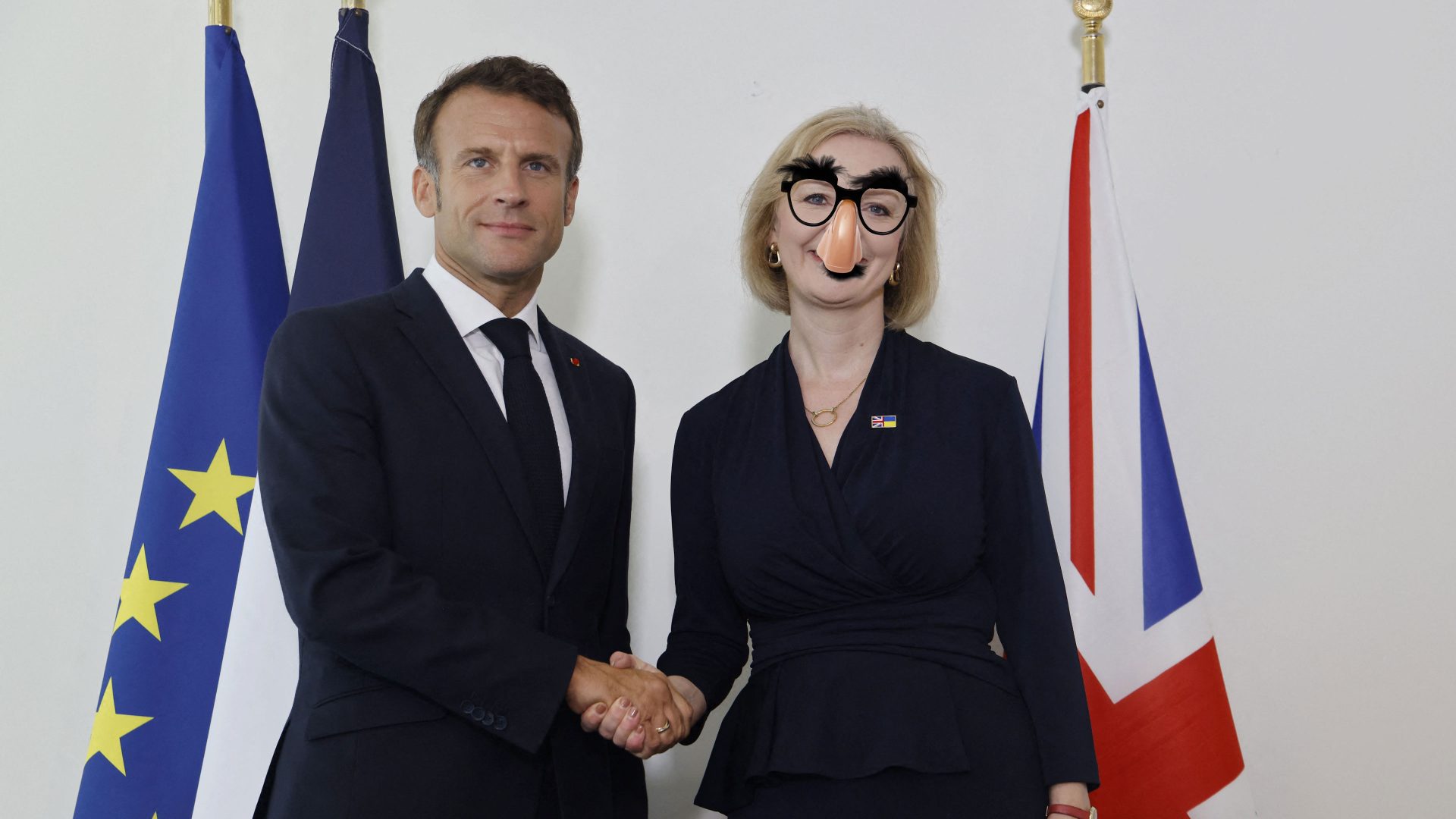Autumn in Paris would not be the same without the fun of kicking chestnut leaves in the Jardin du Luxembourg. The Palais-Royal wouldn’t be nearly as swish without its ranks of smartly topiaried limes (the technical term is en marquise).
Yet while the French capital owes its renown to many things – the art, the food, the honeyed stonework, the luxury brands, the cheekbones – few think “tree” when we say “Paree”. Why?
The city is bracketed east and west by two large areas of woodland, the Bois de Vincennes and the Bois de Boulogne, together home to some 300,000 trees, and the streets and squares of the rest of Paris have, by the latest count, another two thirds as many. The oldest photographed image of the city, a view from the Place de la République looking south towards Boulevard du Temple, shows rows of the young trees that three decades later would make their way into familiar Impressionist paintings of street scenes in the city of light.
If you live here, you might know a twig or two of arboreal folklore – perhaps about the elm in the historic Marais quarter, so famous that the square it stood in was known as the carrefour de l’orme; people would say “Meet you at the elm” and be immediately understood. (The spot is now occupied by a disease-resistant successor planted in 1935.) In Maigret’s Dead Man, Simenon mentions a celebrated chestnut on Boulevard Saint-Germain that was reputed to be the earliest in the city to come into flower. There’s even a tree in the gazetteer, thanks to Rue de l’Arbre-Sec – although the sardonic name alludes not to a heatwave victim but to a medieval gallows. Dry indeed
But what of the unfolkloric, everyday majority, the tree in the street? The fact is, Paris has long taken les arbres for granted, as if they were just another category of street furniture – or has simply taken them full stop: they do make excellent barricade material. But attitudes are evolving fast.
A telling illustration came in May 2020, when centenarian trees were cut down during a revamp of one of the city’s prettiest cinemas. La Pagode is an 1890s orientalist glory as beloved for its Japanese garden as for its art-house credentials, and the felling of a huge ginkgo biloba and two other trees sparked widespread fury. “A massacre” was one typical assessment, and the fact that the garden was a listed heritage site only made the hurt worse. A minor incident in a Paris just coming out of lockdown, it was nonetheless symptomatic of the callous old way of doing things – and, at the same time, of a growing concern for the city’s non-human residents.
Not that increased affection for the city’s trees is driven purely by their history or their looks. The recent heatwaves underlined their straightforward practical benefits too, with the city authorities tweeting interactive maps of public “cool spots” that included the 140-odd parks and gardens that are open around the clock; of others equipped with lockable gates, 20 were kept open until midnight to let people take the evening air. In the heat of the day, Parisians sheltered in patches of leafy shade and looked up in gratitude.
The mairie (city hall) had gone pro-tree already, and in a big way. Launched last year, its five-year Plan Arbre aims to plant 170,000 additional trees across the city by 2026, thereby greening some 30 hectares of concrete and clay. Paris will be endowed with “urban forests”, and large sections of the notorious périphérique ring road are to be covered over and planted.
A flagship piece of landscaping has already begun at the foot of the Eiffel Tower, and with new lawns, gardens and 200 trees is set to transform the area around the monument and the Palais de Chaillot on the opposite side of the river. The grand avenues of tourist brochure fame will get 5,000 extra trees in appropriately formal arrangements, with another 3,000 putting down roots on lesser thoroughfares.

In the meantime, a downloadable brochure titled Aux arbres Parisiens! (a riff on the chorus of the Marseillaise) lays out the mairie’s various projects and the thinking behind them with stats, maps and colourful infographics. Trees fight pollution, it points out, improve biodiversity and act as a carbon sink. “The tree is Paris’s best ally in the face of climate change”, says deputy mayor Christophe Najdovski, the man whose task it is to bring the big plan to fruition – and with the Paris Olympics now less than two years away, the pressure is on.
If Paris is going through a transition écologique, it’s merely one aspect of a broader package of measures to remake the city launched by mayor Anne Hidalgo’s administration since 2014: fewer cars, more bikes, a cleaner Seine – the tall order is to make it swimmable in time for the Games – and cleaner air. The Plan Arbre is closely aligned with the mairie’s “beauty manifesto”, a huge document published in three volumes this year that sets out guiding principles for what in Paris is an extremely delicate balancing act between change and fidelité patrimoniale – faithfulness to the past.
And when the balancing act goes wrong, Parisians can be relied upon to let the mairie know about it, taking to social media with the hashtag #SaccageParis to rail against anything from shoddy signage to badly repaired street lights – and even the absence of the classic ornamental iron grilles at the foot of trees – a 19th-century legacy attributed to Haussmann’s architect, Gabriel Davioud. A plan to remove a 200-year-old London plane tree near the Eiffel Tower to make way for renovation ahead of the Olympics is being rethought after social media outrage.
Significantly, the “faithfulness to the past” side of the equation now includes trees. Arbres Remarquables de Paris, a new label launched in 2017, has now been awarded to 193 notable specimens, and the appropriately acronymed charity ARBRES has recognised another 40 as having national significance, one of which is the Marais elm. The compilation of a full dendrological census is under way, and the mairie has encouraged residents to take part. Paris may become a city of treehuggers yet.
Simon Johns is a freelance arts and travel writer. He lived in Paris for eight years, and now spends much of his time wondering why he left



